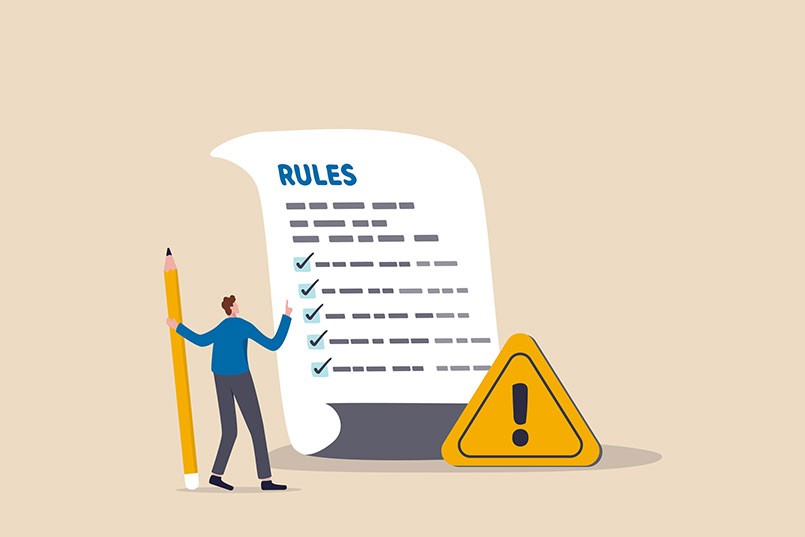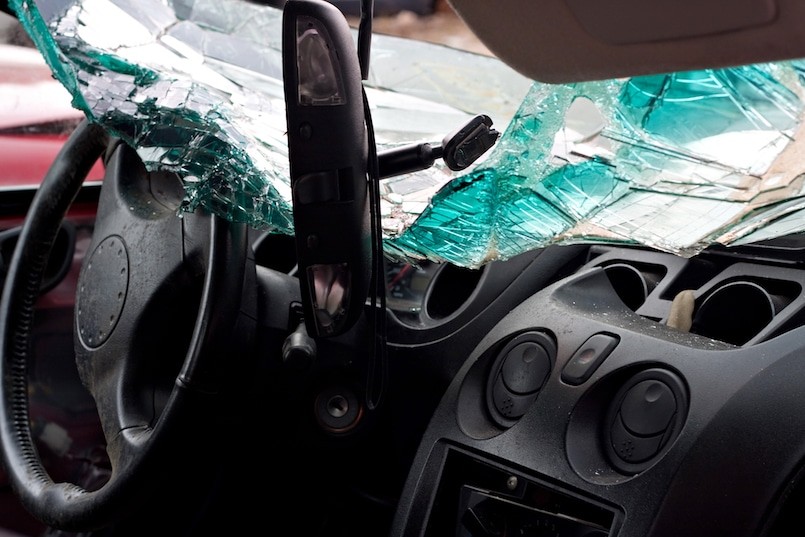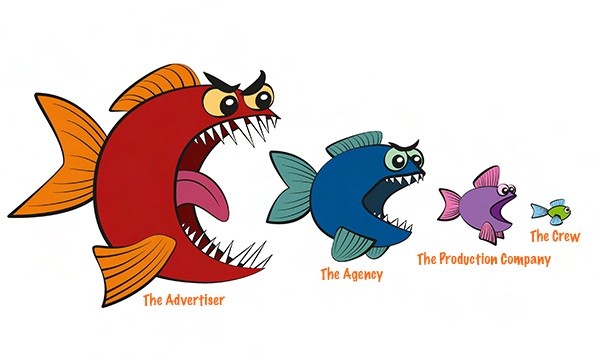When did we stop using film? Not many of us really know as there has been no change to the on-air image quality of our TVCs since we all switched to digital movie cameras. The passing of the 35mm film camera came and went without a major disruption to the industry or the way we work on set or in post-production.
Why are there no cost reductions since going digital?
Firstly, there are no film stock costs included in the budget. Typically up to $10,000 would be allowed for film stock and processing for a 30 second TVC.
Now a director does not have to worry about the film budget and curtail the number of takes they indulge in. Unfortunately this has become a double edged sword as the director who does take after take, runs the risk of getting behind in his or her schedule.
This can have major consequences at the end of the day when the light is failing and there are still several scenes to shoot. It is still the job of the producer and 1st assistant director to make sure this does not happen.
With digital cameras the camera crew does not have to worry about having the right film stock and filters to suit. They do not have to worry about running out of film half way through a take, changing magazines, noisy magazines on a sound shoot or film scratches occurring in sandy or dirty locations.
Digital cameras weigh less than film cameras requiring less man power to get them into position for various setups. This means a 3 man grip crew could be reduced to a 2 man crew, even more savings. Tricky special effects shots can now be previewed on set or location. The advantages and cost savings that can be obtained in the digital capture stage of production grow every day.
In postproduction, the need for an expensive standalone telecine suite has been done away with. Now, colour grading can be done at on-line stage at significantly reduced cost. Now a suitcase editor can colour grade edit and on-line at the agency.
These suitcase editors do not carry the baggage and expense of bricks and mortar overheads. The cost of archiving 1000’s of feet of film has disappeared along with other costs associated with the old film model.
Why has management and price remained stagnant?
But what has not changed is the way we all manage the production process and what also has remained stagnant is the price we pay. We often hear the axiom, “if it isn’t broke don’t fix it”.
If this were the case then we would all be using fixed line telephones and working in offices with secretaries and typing pools. With new technology comes new opportunities for the way we manage our lives and our businesses.
Take responsibility for the production of the media you require
I personally believe it is time to step up and take some responsibility for the production of the media you require, rather than leaving it in the hands of advertising agencies and their myriad third party suppliers who all have a personal interest in maintaining the status quo.
The best way to do this is engage an industry expert who has no vested interest in the outcome and get their overview and suggestions regarding a more efficient and cost effective way to improve your production outcomes.
This may require multi-skilling your existing personnel or employing or subcontracting a specialist that will take charge of the multiple third party suppliers and substantially reduce your production costs – a small investment for a good return.
Some advertisers are already doing this with great results. After buying media, production is the next largest cost. Senior marketing management, CEOs, CFOs and procurement all need to discuss the possibilities.
To find our how TrinityP3 Marketing Management Consultants can help you further with this, click here.





6 thoughts on “Why are there no cost reductions in TVC production since going digital?”
I would argue that it is now more important than ever to allow for archiving of production data. Firstly cold backup drives are inherently not as stable as processed neg is, and secondly with the enormous increase in demand for revisiting original material to repurpose or reuse it for all kinds of content, social and digital media use, being able to search and share existing production assets quickly, easily and cost effectively is key.
John, I agree with you archiving is important for all the reasons you have mentioned. As for your claim that processed neg is more stable than digital information stored on any number of formats from tape and solid state media to dedicated servers I am not aware of this claim (please email me any articles or other information you may have regarding this claim) Are you suggesting that the industry return to shooting on film because someone has said that processed neg is more stable than digital media. Apart from the fact that there is now no film processing labs left in Australia I do not think that a return to film is very likely.
Cheers Clive
Hey John. First time reader; first time writer.
Thanks for your article: it's neither illuminating, nor correct.
You've founded this on 2 false premises: budgets for TVCs have indeed reduced significantly over the last 5 years; and you get what you pay for when you do reduce those costs.
We've seen the million-dollar TVC budgets go extinct; and the average TVC crew is now paid 85% in real terms of that they used to be in 2000.
Why would you want to hire a crew member who is mediocre at everything? Wouldn't you want the expert? In a world where white noise content is everywhere – don't you need your work to sing through? Don't you need it to be the best it can be? Would you get a car made by the company that has the same person designing the airbag systems and the paint colour? Pay peanuts; get monkeys.
If your business is founded on suggesting clients pay for sub-standard work then I'd recommend pivoting, and doing so quickly.
Hi John? Is it John? Or is it Mr No Name? In which case can I direct you to the Campaign Brief blog or the Mumbrella blog as they accept people without names or at least people creative enough to come up with funny names. But as you raised a very important issue I think it is worth publishing it and responding.
First, perhaps from a production point of view, or even a crew point of view, you are right. We have heard the stories about crew wages being cut and crew being expected to be multi-skilled or multitasking, which can not only compromise the quality of the production it can also be dangerous. God forbid we have some of the losses of life that have been witnessed in shoot overseas due to corner and cost cutting.
Second, from an advertisers point of view the costs of production have not dropped. There is still a full complement of crew at full day rates in the quotes. Perhaps the issue here is that either the agency or the producer are not passing these approved fees onto the crew and suppliers they subcontract for the task. Because from our perspective, that is reviewing the proposed costs in the quotes presented by the advertising agency to the advertiser for approval the cost reduction opportunity due to technology improvements are not being passed on. So perhaps someone in the middle is making an unfair profit at the expense of the subcontractors like yourself. The fact is we will never know because the standard production contracts produced by SPAA and the Communications Council preclude the advertiser from undertaking an audit of the production house after the production has been completed, so who knows who is pocketing the profits?
I will also point out that we do not review costs of low cost productions. In most cases the production budget is between $USD 200,000 and more than $USD 1million to the advertiser. And yes these still occur. Perhaps you are not in the league to get these types of productions? But I agree with you on the fact that cost reduction at the expense of quality is a waste of everyones time. Just for the record, we do not get paid based on savings, so there is no financial incentive to find savings at the expense of quality. That is why our clients engage us to find value and not just savings. Thanks for raising this issue and I hope you career in the Australian production industry improves.
Well, that's all very condescending and patronising. How boring.
Nice one being publicly rude, and confirming peoples' opinions of you.
I spoke quietly to a number of multi-nat CMOs this week (yep, in that sphere, so there you go) and the consensus stands.
Keep up the good work with the crappy online presentations.
John.
Dear John
Hard to have a meaningful conversation with you when you insist on hiding behind the anonymity. Perhaps in future it would be better you lurk back at Campaign Brief and Mumbrella with the other industry trolls as in future I will not indulge you any further if you refuse to provide a real name and email address.
Good bye.
I am sorry it did not work out for you.
Darren
Comments are closed.